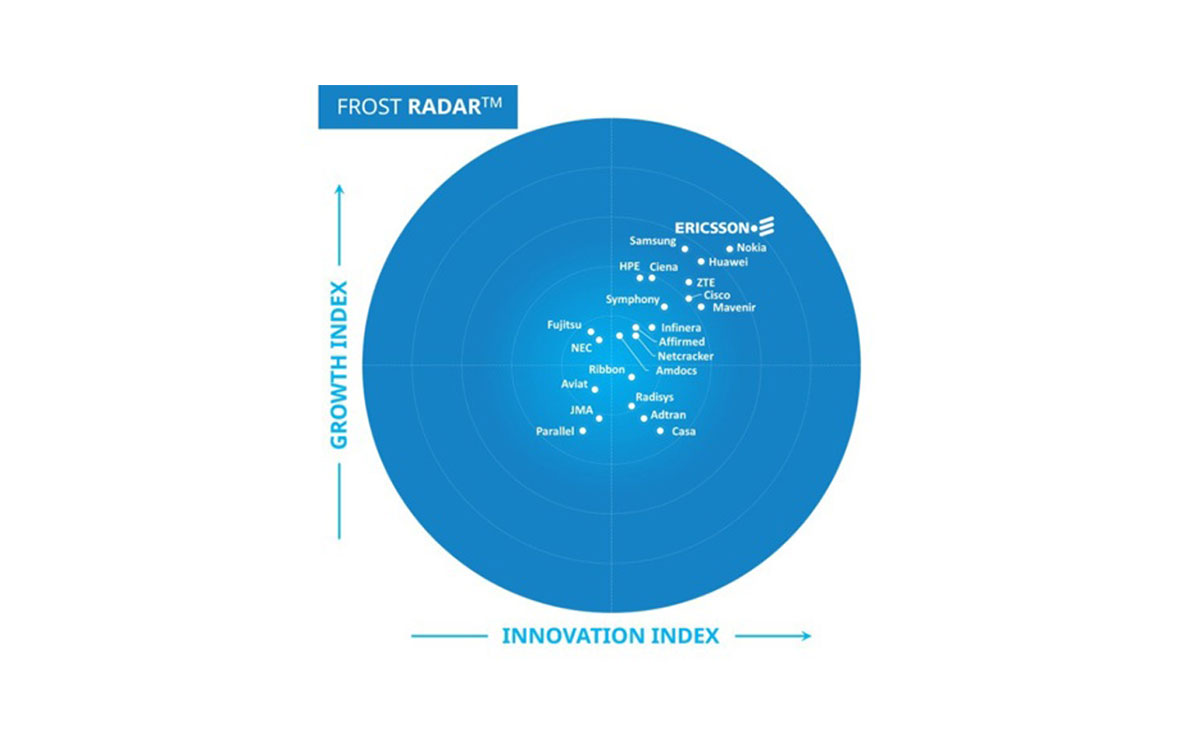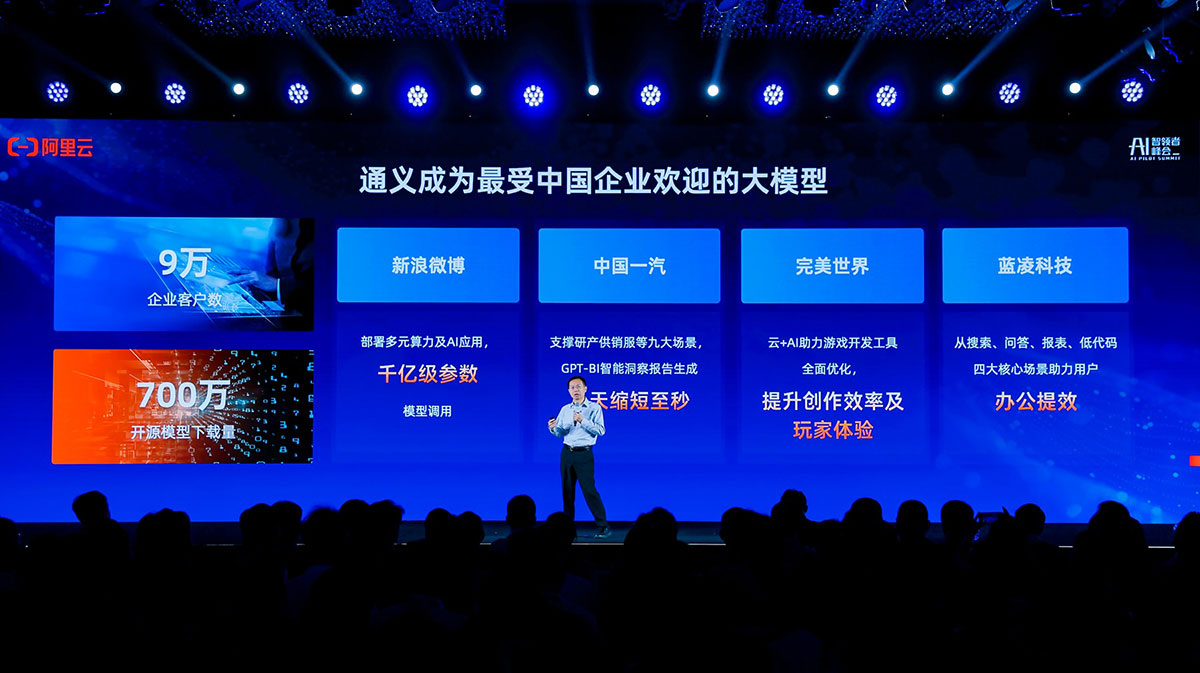LVMH Redefines Luxury Retail Experience in China with a new extended partnership with Alibaba
LVMH Group, the world leader in high-quality products, and Alibaba Group, the leading e-commerce and technology company in China, today announced an extended partnership to push further the boundary of luxury experience in China, leveraging Alibaba’s cloud technologies, through AI-powered innovations in retail and on-line with Tmall.
The deepened partnership is a strong commitment to the shared dedication of the two companies to pioneering retail innovation and delivering exceptional, tech-driven luxury experiences, that will enable LVMH to increase its Omnichannel, Data and Tech presence in China.
Stephane Bianchi, Group Managing Director of LVMH, said: “Alibaba is already a key partner for our Maisons and for the Group. The reinforcement of our partnership will help us to further accelerate our omni-channel business growth, and to keep on leveraging the transformative capabilities of cloud and AI technologies, along with Alibaba’s world-leading expertise in ecommerce operations. Our forward-looking collaboration will deliver unparalleled experiences to our clients throughout their high-end shopping journey.”
Eddie Wu, Chief Executive Officer of Alibaba Group, added: “Alibaba is pleased to enable a transformation of the high-end consumption experience with retail leaders like LVMH through our world-class technologies in cloud computing and AI. This comprehensive partnership has elevated the retail experience for LVMH’s customers worldwide, including China-based consumers on Tmall. We look forward to continuing to build on the strong partnership and innovation journey with LVMH.”
In its pursuit of relentless innovation, LVMH has begun integrating Alibaba Cloud’s generative AI capabilities, including Qwen, Alibaba’s proprietary large language model, and Model Studio (Bailian), a comprehensive AI model building platform. This integration has paved the way for the creation of novel applications and services that underscore the luxury Maison’s commitment to staying at the forefront of innovation, harnessing cutting-edge technology to elevate its luxury offerings for global consumers, and fostering innovation-led growth within its global retail businesses.
With more than 30 Maisons and Divisions within mainland China and Southeast Asia (including Sephora APAC and DFS), this extension plan of the cooperation for another five years reflects a strong and shared commitment to explore new markets, products, and technological frontiers. Moving forward, LVMH will get access to a broader array of Alibaba Cloud’s leading technologies and proven products to further optimize its business operations, enhance customer insights, and streamline its supply chain management processes to address Chinese market.
The strategic partnership between the two industry titans was initiated in 2019. Since then, LVMH has implemented Alibaba Cloud’s data management tool, Dataphin, to power “LVMH ATOM” China—a bespoke platform designed by LVMH to deliver personalized services tailored to its expanding Chinese customer base. Furthermore, LVMH has leveraged Alibaba Cloud’s machine learning platform, PAI, to develop customized services that cater to the distinct tastes of Chinese consumers across all its brands.
This announcement of extending the global partnership follows the debut of integrating Tmall in Tiffany’s and Chaumet’s luxury retail journey. To date, LVMH has successfully introduced around 30 prestigious Maisons who are partnering with Tmall Luxury Pavilion to leverage Alibaba’s digital capabilities for engaging experiences such as 3D product displays, virtual try-on, and livestreaming. Both parties have also expanded the collaboration on various omni-retail initiatives, including digital recreation of renowned luxury venues, product debuts, membership programs, and personalized consultations. This strategic move further extends the LVMH luxury experience to millions of Chinese shoppers.




